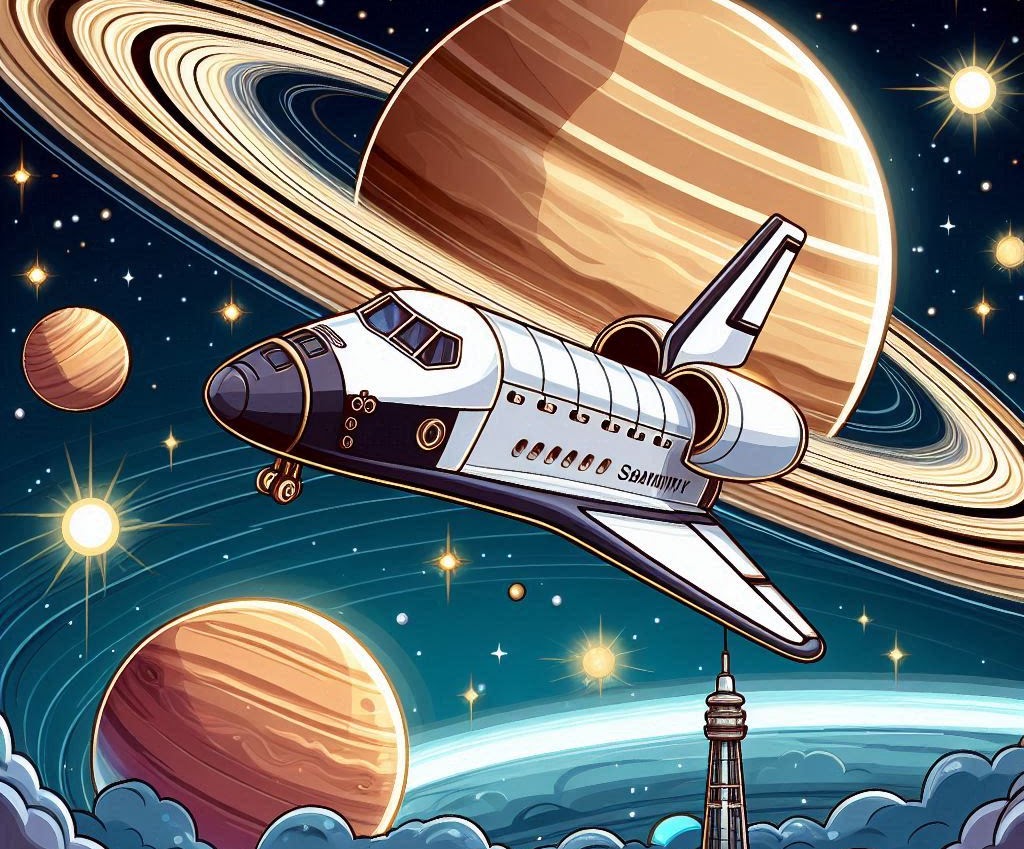The Space Explorers Academy buzzed with anticipation as Alex, Luna, Kai, and Maya gathered in the mission briefing room. Captain Vega stood before them, a holographic image of Saturn and its magnificent rings rotating above the table. “Today, you will travel to Saturn to study its rings,” Captain Vega announced. “Your mission is to analyze…

